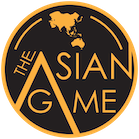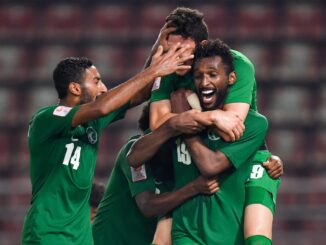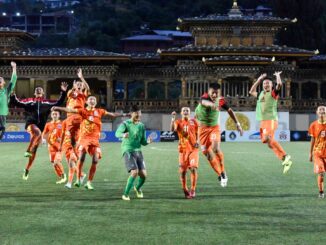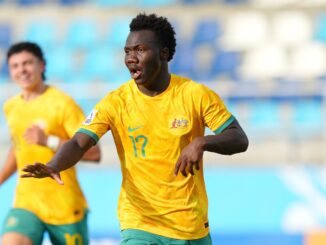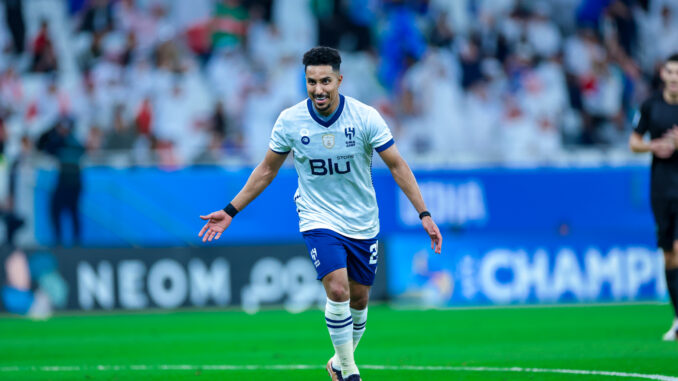
Some things in Asian football are entirely predictable after all; Al Hilal progress to the AFC Champions League final for the third time in four years, following an emphatic 7-0 victory over Al-Duhail, a match that will go down as one of the more surprising and memorable encounters of recent years.
The reigning continental champions were imperious in their semi-final demolition of the current Qatari pacesetters, cruising to a 3-0 lead before the 15 minute mark, and 5-0 before half-time, as the Saudi giants ran riot in a thoroughly one sided encounter.
Their title brings to a close a brief but intense seven-day knockout phase in the centralised hub in Qatar, where eight teams were narrowed down to one, in anticipation of May’s two-legged final with East Zone champions Urawa Red Diamonds.
Just weeks on from their historic run to the Club World Cup final, Al-Hilal’s resurgence on the continent furthers the stranglehold of Saudi dominance on Asian football.
With more investment promised once the club’s 12-month transfer ban is lifted this summer, it’s becoming less a question of if, than when, as Al Hilal look to tie up yet another Asian club title.
Al Hilal continue to spur Saudi Arabian dominance
From the Green Falcons’ World Cup heroics in late November, to their golden club Al Hilal’s match up with European heavyweights Real Madrid at the Club World Cup, it’s been quite a few months for Saudi football.
While an entirely more expected achievement, Al Hilal’s cruise through to a fifth AFC Champions League final in nine years made headlines for the manner of its execution rather than its achievements on paper.
While dogged but effective in their more archetypally executed victories over Shabab Al Ahli Dubai and Foolad earlier in the week, it was in their demolition of Al Duhail in what is effectively the ‘West Zone Final’ that drew a line in the sand of their continental dominance.
With their leader Salman Al-Faraj back from the injury sustained at the World Cup two months ago, Al Hilal’s attacking rhythm was back in motion, getting the very best out of those around him.
Mohammed Kanno, his arguable successor in the centre of the pitch, is starting to illustrate his final third execution, while Salem Al-Dawsari further underlined his inevitable case for Asian Player of the Year later this year, with another spellbinding week in Hilal blue.
The supporting cast also played their part; Odion Ighalo was devastatingly clinical, notching five in two starts, Luciano Vietto continued his remarkable return to form gained at the Club World Cup and looks a man reborn, while arguable player of the week Moussa Marega seems to have added link up play and a deft finish to his typically muscular but ever-frustrating presence.
It was an all-round team effort, that unerringly for the rest of Asia, left more in the tank. Al Hilal toyed with their opponents all week long, missing countless opportunities to score more than their eleven across three matches, not out of lack of form or poor concentration, but more that they didn’t need to push themselves further than really had to.
This is Al Hilal’s playground. Understrength due to injury, less glamorous perhaps than previous years, but reassuringly productive.
As they now prepare to line up to face Urawa Red Diamonds in two months time, a side in a whole different shape to their West Asian peers, as they limply start their J1 season under new management, it’s clear for now who the Champions League favourites are.
The Saudi footballing story is unlikely to end there either. This could’ve very easily been an all-Saudi semi-final after all, following Al-Shabab’s narrow loss to Duhail in the quarters.
Lacking the Hilal experience and effectiveness at the pointy end of the finals, Shabab can still look back on a promising return to the top table of Asian football.
Their deficiency? Being unable to deploy their full arsenal of overseas talent due to the AFC foreign player quota that curtailed their chances, especially when leading scorer Carlos Junior pulled up whilst still goalless against Al-Duhail.
A moment’s hope for others that’ll only be fleeting, however. With the foreign player quota set to rise to 5+1 next year followed by its removal entirely for 24/25, Saudi clubs are sitting favourably on a double threat of improving domestic talent and now endless opportunity to invest in global talent that’ll keep them at the top for some time to come.
Al Duhail symbolise the rise and spectacular fall of modern-day Qatari football
In the opposing corner, Al Duhail will walk away from their home finals with contrasting thoughts of the last ten months of Champions League action, and indeed the first year of Hernan Crespo’s reign.
Dominant in the group phase last May, Crespo has continued his attack-first promise into the Qatar Stars League, where Duhail look odds on for a domestic title victory, their first for three years. A run to their first ACL semi-final made history for the club; an achievement, however long in the pipeline, worthy of commendation given its length of absence.
The flip side to a positive campaign, will undoubtedly be the scoreline in their semi-final. A 7-0 drumming, at home, in the prime match of West Asia’s calendar. For the second time in only a few months Qatari football was laid bare for all its deficiencies.
As with the national team’s failure at the World Cup, Duhail’s inevitable collapse was frustratingly apparent ahead of time. In the group stage, while breaking goalscoring records in attack, they finished the phase with the weakest defence of any team to progress to the knockouts.
The needless splurge of cash on the likes of Toby Alderweireld and Federico Fernández over the last 12 months has just exacerbated weakness in a high defensive line, with no pace or positioning; a chaotic blend, that has come up floundering yet again, just this time in the biggest game of the club’s history.
Much of the concern pre-finals was on the fitness of talisman Edmilson Junior, and so it came to pass, as the playmaker, and current ACL golden boot leader was announced as a late absentee from the Duhail squad ahead of kick off.
While there had been brief moments of promise from the out of position Almoez Ali, encouraging young centre back Youssef Aymen, and the ever-productive Michael Olunga, without their Belgian creator, the Qatari side quickly become quite toothless.
“For us, Edmilson is Messi,” Crespo said after the game. The team had lost the aura that made them sing.
As is the case with knockout football, they won’t be the only side to be heading home with questions left unanswered.
While Foolad exceeded expectations in making the quarter-finals and pushing Al-Hilal hard, they were ultimately undone by the big match expertise, and sizeable depth off the bench of their successors. The bizarre resignation of Javad Nekounam in the run up to the match may have pulled a momentary cavalier approach from the squad, but it leaves them in a state of disrepair following their tournament exit.
That sense of frustration and ultimate acceptance that the rest of Asia has a long way to come to catch Saudi Arabia on current form was shared, both in Nasaf Qarshi’s exit to Al Shabab, and Shabab Al Ahli Dubai’s loss to Al Hilal in the Round of 16.
Both sides are emblematic of what should be exciting about this stage; two teams experiencing positive form at home – coached by two innovative tacticians, but ultimately lacking the resources to compete, left chasing shadows, and overexerting energy, while effortlessly being picked apart on the counter by their Saudi conquerors.
Whether this really has an imprint on wider Asian football is still up for debate. Ask any East Asian football fan, even those not watching Tottenham Hotspur against Chelsea in the English Premier League on a Sunday evening, few would have known that a Champions League semi-final had even taken place.
While the AFC reforms package promise we’ll have more centralised hubs like what we’ve seen this week, the prospect that the 24/25 season will see a mix of East and West teams in the finals stage should be appealing for anyone who has hopes of rebuilding the bridge between the two regions.
One thing’s for sure, even if, as an East Asian fan you cursory glanced over at the state of the finals this last week, you wouldn’t have been surprised at the eventual victor.
Asia’s greatest team continue unwavering into yet another AFC Champions League final, another against their eternal rivals from the East, Urawa Red Diamonds; a tie for Asian football to relish in anticipation.
Photo: twitter/Alhilal_EN
Listen to the latest The Asian Game Podcast as we go In Conversation With… Mitch Langerak
